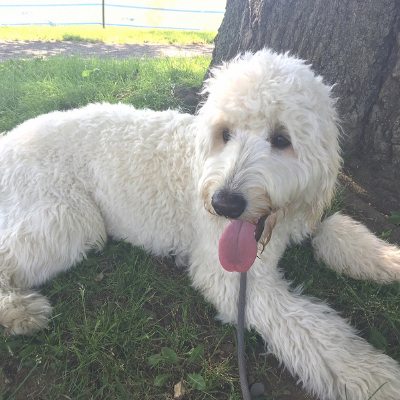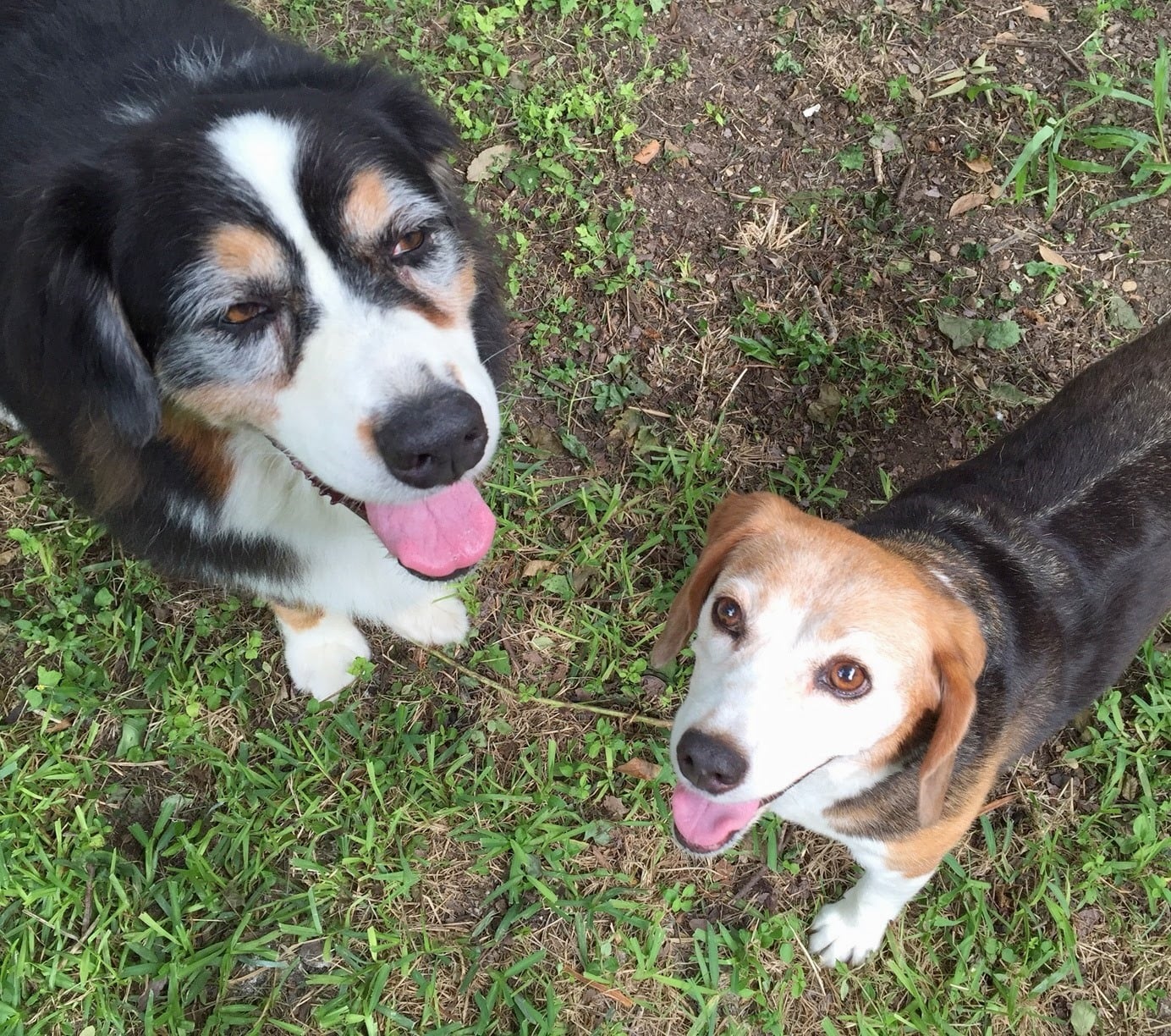Summer Pet Travel Tips From The PetRelocation Team
 When you're dealing with the heat of the summer on top of all the usual challenges that pet travel can entail, stress levels can reach a boiling point pretty fast.
When you're dealing with the heat of the summer on top of all the usual challenges that pet travel can entail, stress levels can reach a boiling point pretty fast.
Luckily there are plenty of experts out there who have years of experience making sure pets travel safely no matter what time of year it is.
As the summer heats up, keep your cool using these helpful tips from the seasoned Consultants and Coordinators of PetRelocation!
Preparing for Air Travel
As the airlines have a heavier volume of pets traveling during the summer, there is more opportunity for items to be lost in transit. We recommend leaving leashes, harnesses, collars, etc. at home (or sending them ahead of the pet). Airlines will not take responsibility for lost items and it can be very disappointing when your pet arrives without their gear, so it's better to be safe and not send any items with pets beyond what is required. - Mandy, Senior International Relocation Coordinator
We recommend placing shredded newspaper in the bottom of the travel kennel to help regulate a pet’s temperature rather than heavy bedding. - Penney, International Relocation Coordinator
Selecting a kennel with ventilation on all four sides and at least four inches of room between your pet’s head and ceiling will help ensure proper air flow and ventilation during summertime heat. Also, freezing bowls of water not only provides your pet with proper hydration throughout the trip, but can also help cool their core body temperature. - Rebecca, Trainer
I know this is something we all probably recommend -- freezing water in at least one of the bowls that will be attached to the pet's crate the night before travel. This will help, especially during warmer temperatures, to keep the water cooler longer. 😊 - Nina, International Relocation Coordinator
Certain retailers offer “cooling mats” for the inside of the crate that are activated by the pets touching and moving around on them. This is great for snub-nosed breeds and warm climate origin/destination points in the summer. - Joe, Senior Corporate Account Manager
Another reason we're so careful about the size of the crate the pet needs is that we want to ensure plenty of airflow in the crate, as this will help keep pets cool. - Catie, Pet Relocation Consultant

Booking the Flight
Avoiding the hottest part of the day by selecting early morning or late night flights can save your pet from potential exposure to summer heat. You may also find this helps get around temperature embargoes for certain ports altogether. Choosing pet safe airlines who have restrictions and embargoes in place for your pet is actually a good thing, as this means they have protocols in place to keep your pet feeling comfortable and protected. Airlines who don’t have restrictions in place do not have the same protocols aimed at keeping your pet safe and happy. - Rebecca
When scheduling a flight, look for red-eye routing and flights that depart or arrive early in the morning or late in the evening. - Joe
Arrival
If they are traveling to a hot country and may need to be in quarantine without air conditioning available (like a recent client to Brunei) – check to see if you can provide additional items to the quarantine facility to make them cooler, like the portable air conditioning unit our client bought. - Nina
Mental Preparation
Don’t rush the move! Ample planning time will reduce stress on pet owners and pets. If the human has to go quickly, assemble a contingency plan to leave the pet with a caregiver so as to give ample preparation and acclimation time. The summer is peak travel season for pets and things can change quickly with move plans, so having contingency plans in place and expecting the unexpected will help all parties involved make the best of an unanticipated change. - Joe
Yes, it's important to try to be patient! The U.S. summer is a busy time for pet travel all over the world. Higher volumes of pets traveling means longer lines at check-in, slower customs clearances, and delays with USDA endorsements. - Mandy

Haircut or No Haircut?
You may have heard that shaving your pet is one of the best ways to help keep them cool during the heat. While this may be appropriate for some breeds and coat types, for others it can have the opposite effect. To ensure proper comfort for your long or short haired pet during summer travel, de-shedding or furminating the dead underlayer in advance will reduce skin irritation and keep a vital coat. - Rebecca
Some dogs have coats that can be cut and others don’t, especially those with double coats (like GSDs). Some dogs’ hair grows like ours, where the same strands get longer and longer and need grooming, while others have hair that grows in only to a certain length and pushes out the hair before it. These dogs shed like crazy and a de-shedding tool like a Furminator is the most amazing thing in the world, as it will help get rid of the excess hair that gets stuck and make them feel lighter but won’t interfere with their natural coats and the cooling they provide. - Sandhya, International Relocation Coordinator
Consider grooming if it's appropriate -- we recently moved two Maine Coones to Brunei and their owner said she wished she had groomed her cats to keep them cooler. - Nina
Special Considerations
Pets are generally considered elderly at around age 7. Elderly pets can often travel safely, but just know that they may have a little more trouble staying properly hydrated. In particular, the liver and kidneys, which are the organs that help hydrate your pet, may not be working as optimally as they are for a younger dog. When setting up your pet’s vet visit for travel, ask your vet to perform a geriatric exam as an extra precautionary step to ensure your pet’s safety. - Rebecca

General Tips for Keeping Pets Cool
Make sure you always have a collapsible water/food bowl on hand! I use this every time I take Toby (pictured above) out on hikes, jogs, or anywhere. Also, freezing Kongs filled with treats (Peanut Butter, Banana, or regular Kong filling) makes for a fun summer activity. I may put some ice in there and freeze it overnight, and after long walks, I’ll give one to him. Being aware of heat stroke is a big thing for me, so I try to know all about what the signs are and how to properly cool pets down safely. -- Anna, PetRelocation Administrative Assistant
